Refacing kitchen cabinets is an increasingly popular home improvement project that allows homeowners to transform the appearance of their kitchen without the time, expense, and hassle of a full kitchen remodel. Unlike completely replacing kitchen cabinets, refacing involves updating the exterior surfaces of the existing cabinets while keeping the original cabinet boxes intact. This process typically includes replacing the cabinet doors and drawer fronts, applying a new veneer to the cabinet boxes, and updating the hardware such as handles and hinges. Kitchen cabinet refacing is a cost-effective solution that can give your kitchen a fresh, updated look in a fraction of the time it would take to install new cabinets.
One of the main advantages of kitchen cabinet refacing is the significant cost savings compared to a complete cabinet replacement. New kitchen cabinets can be one of the most expensive components of a kitchen renovation, often accounting for a large portion of the total budget. By choosing to reface rather than replace, homeowners can save up to 50% or more on the cost of new cabinets. This makes refacing an attractive option for those who want to update their kitchen without breaking the bank. Additionally, refacing is less labor-intensive and typically takes only a few days to complete, meaning less disruption to your daily routine.
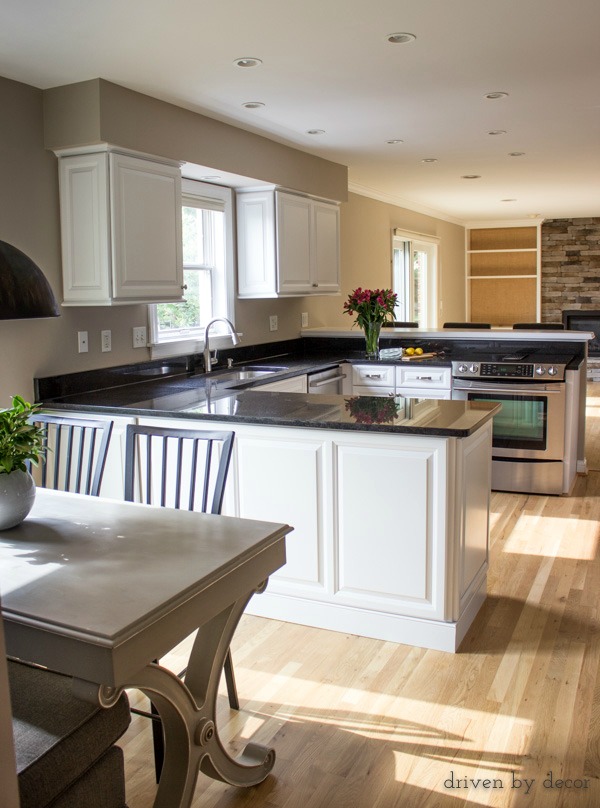
Another benefit of kitchen cabinet refacing is the environmental impact. Refacing reduces the amount of waste that ends up in landfills since the existing cabinet boxes are retained rather than discarded. This makes it a more eco-friendly option compared to tearing out and replacing all of your kitchen cabinets. Additionally, many of the materials used in refacing, such as veneers and laminates, can be made from sustainable or recycled sources, further reducing the environmental footprint of the project. By choosing refacing, you’re not only saving money but also making a more sustainable choice for your home.
The versatility of kitchen cabinet refacing is another reason it’s become so popular. With a wide range of materials, colors, and finishes available, you can achieve virtually any look you want, from modern and sleek to classic and traditional. For instance, you can choose between wood veneers, laminates, or thermofoil to cover the cabinet boxes, and pair these with new doors in a complementary or contrasting style. Whether you want a minimalist white kitchen, a rustic farmhouse look, or a bold and contemporary design, cabinet refacing offers the flexibility to customize your kitchen to your exact taste.
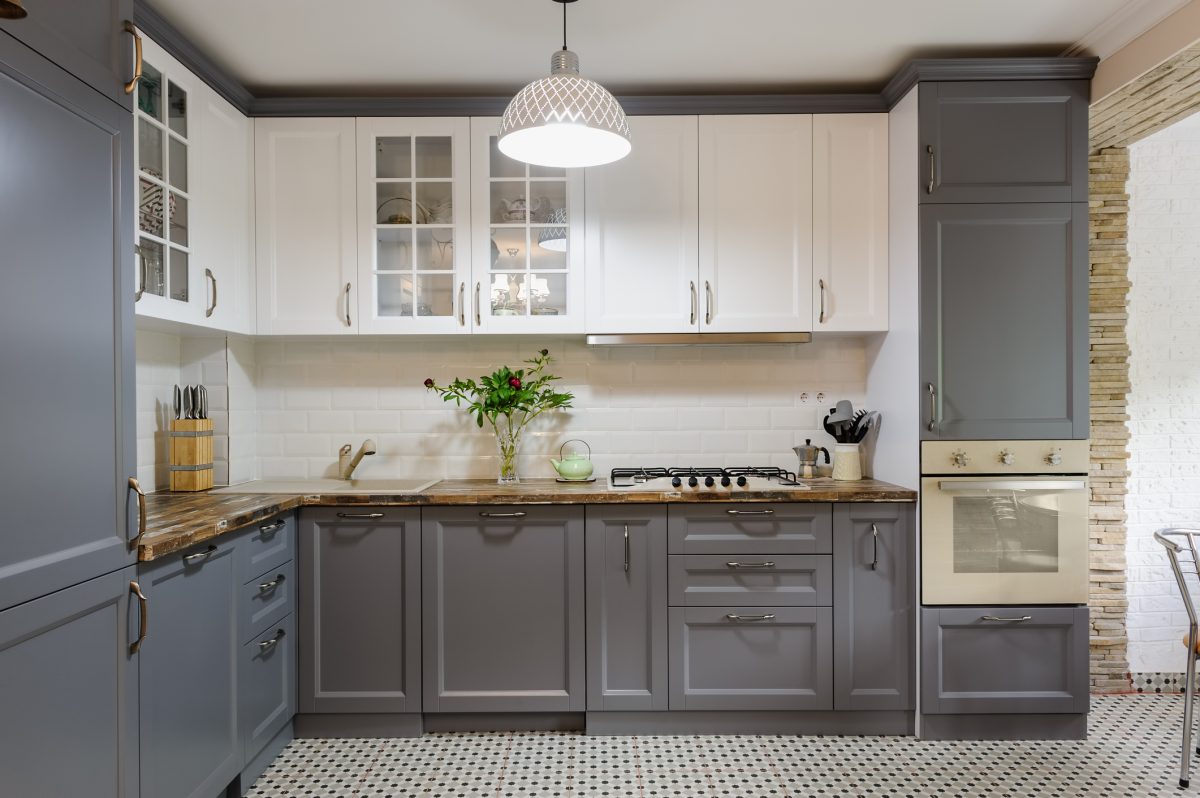
The process of kitchen cabinet refacing typically begins with the removal of the old cabinet doors and drawer fronts. Once these are removed, the exposed surfaces of the cabinet boxes are prepared for the application of the new veneer or laminate. This preparation often includes cleaning the surfaces thoroughly, sanding them to create a smooth base, and possibly making minor repairs to any damaged areas. Once the surfaces are prepped, the new veneer or laminate is carefully applied to the cabinet boxes, ensuring a seamless and professional finish. After the veneer is in place, the new doors, drawer fronts, and hardware are installed, completing the transformation.
One of the key decisions you’ll need to make when planning a kitchen cabinet refacing project is choosing the material for the new doors and drawer fronts. Solid wood is a popular choice for its durability and timeless appeal, but it can be more expensive than other options. If you’re looking for a more budget-friendly option, consider thermofoil or laminate doors, which offer a similar look at a lower price point. These materials are also easier to clean and maintain, making them a practical choice for busy kitchens. Another option is to choose glass-fronted doors for some or all of your cabinets, which can add a touch of elegance and allow you to display your favorite dishware.

In addition to selecting the door material, you’ll also need to decide on the finish for your refaced cabinets. Paint and stain are the most common options, each offering different benefits. Painted cabinets allow for a wide range of color choices, from classic whites and grays to bold hues like navy or emerald green. A high-quality paint finish can also help protect the wood and keep your cabinets looking fresh for years to come. Stained cabinets, on the other hand, highlight the natural beauty of the wood grain and can add warmth and richness to your kitchen. The choice between paint and stain ultimately comes down to your personal preference and the overall style of your kitchen.
Hardware plays a crucial role in the overall look and functionality of your refaced kitchen cabinets. Updating your cabinet hardware can have a big impact on the final result, whether you’re going for a modern, industrial, or traditional look. When choosing new handles, knobs, and hinges, consider how they will complement the other elements in your kitchen, such as the faucet, lighting fixtures, and appliances. Matte black or brushed nickel hardware can add a sleek, contemporary touch, while brass or oil-rubbed bronze finishes work well in more traditional or rustic kitchens. In addition to aesthetics, think about the functionality of the hardware—opt for durable materials and ergonomic designs that make it easy to open and close your cabinets.
Lighting is another important aspect to consider when refacing your kitchen cabinets. Under-cabinet lighting can enhance the functionality of your kitchen by illuminating your countertops and providing task lighting for cooking and food preparation. It can also add ambiance and highlight the beauty of your newly refaced cabinets. LED strip lights are a popular choice for under-cabinet lighting because they are energy-efficient, long-lasting, and easy to install. You can also choose from a range of color temperatures to create the desired mood in your kitchen, whether you prefer warm, cozy lighting or bright, cool light.
The layout of your kitchen can also influence your cabinet refacing project. While the primary focus of refacing is on updating the appearance of your cabinets, it’s also an opportunity to make minor adjustments to the layout if needed. For example, if you find that certain cabinets are difficult to access or if you have unused space in your kitchen, you might consider adding pull-out shelves, lazy Susans, or additional cabinets as part of the refacing process. These small changes can greatly improve the functionality of your kitchen and make it more convenient to use.

When refacing your kitchen cabinets, it’s essential to choose a reputable contractor or company to ensure a high-quality finish. While DIY cabinet refacing kits are available, achieving a professional-looking result often requires experience and specialized tools. A skilled contractor can help you choose the right materials, ensure that the veneer or laminate is applied smoothly, and handle any challenges that arise during the project. Be sure to get multiple quotes, check references, and review portfolios of past work before making your decision. A good contractor will also be able to provide guidance on how to maintain your refaced cabinets and keep them looking their best for years to come.
Another advantage of kitchen cabinet refacing is that it allows you to update your kitchen without the need for a full renovation, which can be disruptive and time-consuming. Because the existing cabinet boxes remain in place, there’s no need to remove countertops, backsplashes, or appliances, which means you can continue using your kitchen throughout the project. This is particularly beneficial if you’re working on a tight schedule or if you want to avoid the inconvenience of a complete kitchen remodel. Refacing is a relatively quick process, often taking just a few days to complete, so you can enjoy your updated kitchen sooner.
In addition to updating the look of your kitchen, cabinet refacing can also increase the value of your home. A well-executed refacing project can make your kitchen more attractive to potential buyers, especially if your cabinets were outdated or worn. Because the kitchen is often considered the heart of the home, making improvements in this space can have a significant impact on the overall appeal of your property. Whether you’re planning to sell your home in the near future or you simply want to enjoy a more beautiful kitchen, cabinet refacing is a smart investment that can yield a good return.
Lastly, kitchen cabinet refacing offers the opportunity to personalize your space and make it truly your own. Whether you’re updating your kitchen to match your current style or creating a space that reflects your unique personality, refacing allows you to achieve the look you want without the need for a full remodel. With countless options for materials, colors, finishes, and hardware, you can create a kitchen that’s both functional and stylish, tailored to your specific needs and preferences.
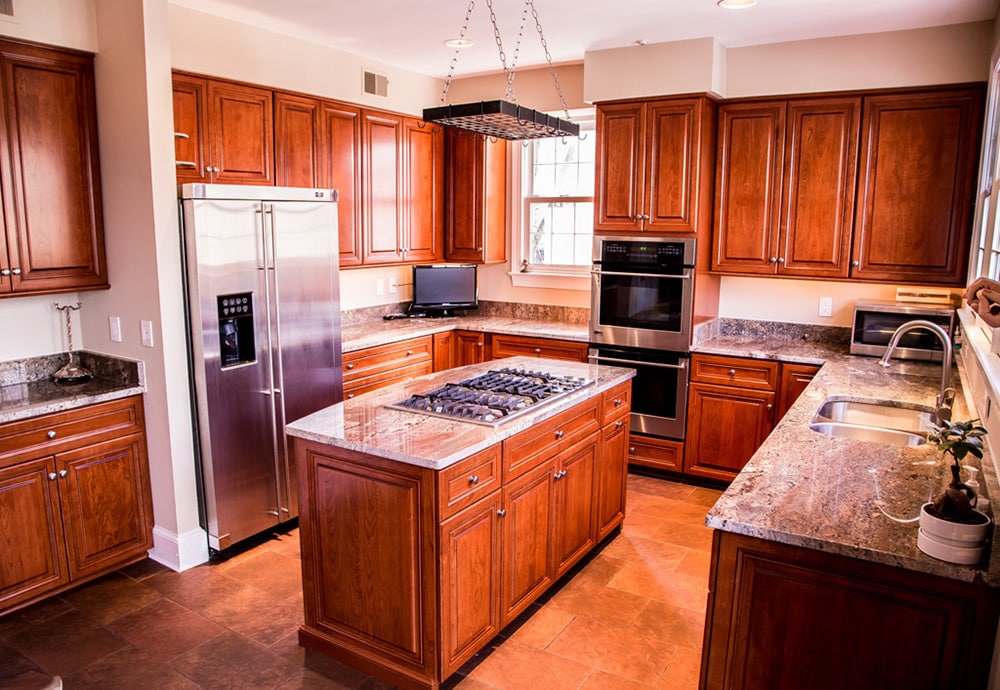
Common Mistakes to Avoid
One common mistake when undertaking a kitchen cabinet refacing project is not adequately assessing the condition of the existing cabinet boxes. Refacing works best when the cabinet boxes are in good structural condition. If the boxes are damaged or showing signs of wear, such as warping or water damage, it might be better to consider replacing them rather than refacing them.
Another mistake is choosing materials based solely on cost rather than durability and style. While saving money is important, opting for cheaper, lower-quality materials can lead to a less satisfactory finish and reduce the longevity of your cabinets.
Additionally, some homeowners fail to plan the refacing project thoroughly, leading to mismatched finishes or hardware that doesn’t complement the overall design. It’s also crucial to work with experienced professionals if you’re not confident in your DIY skills, as improper installation can result in peeling veneers or poorly aligned doors. Lastly, overlooking the importance of lighting and hardware updates can lead to a kitchen that feels incomplete, even after the refacing is done.
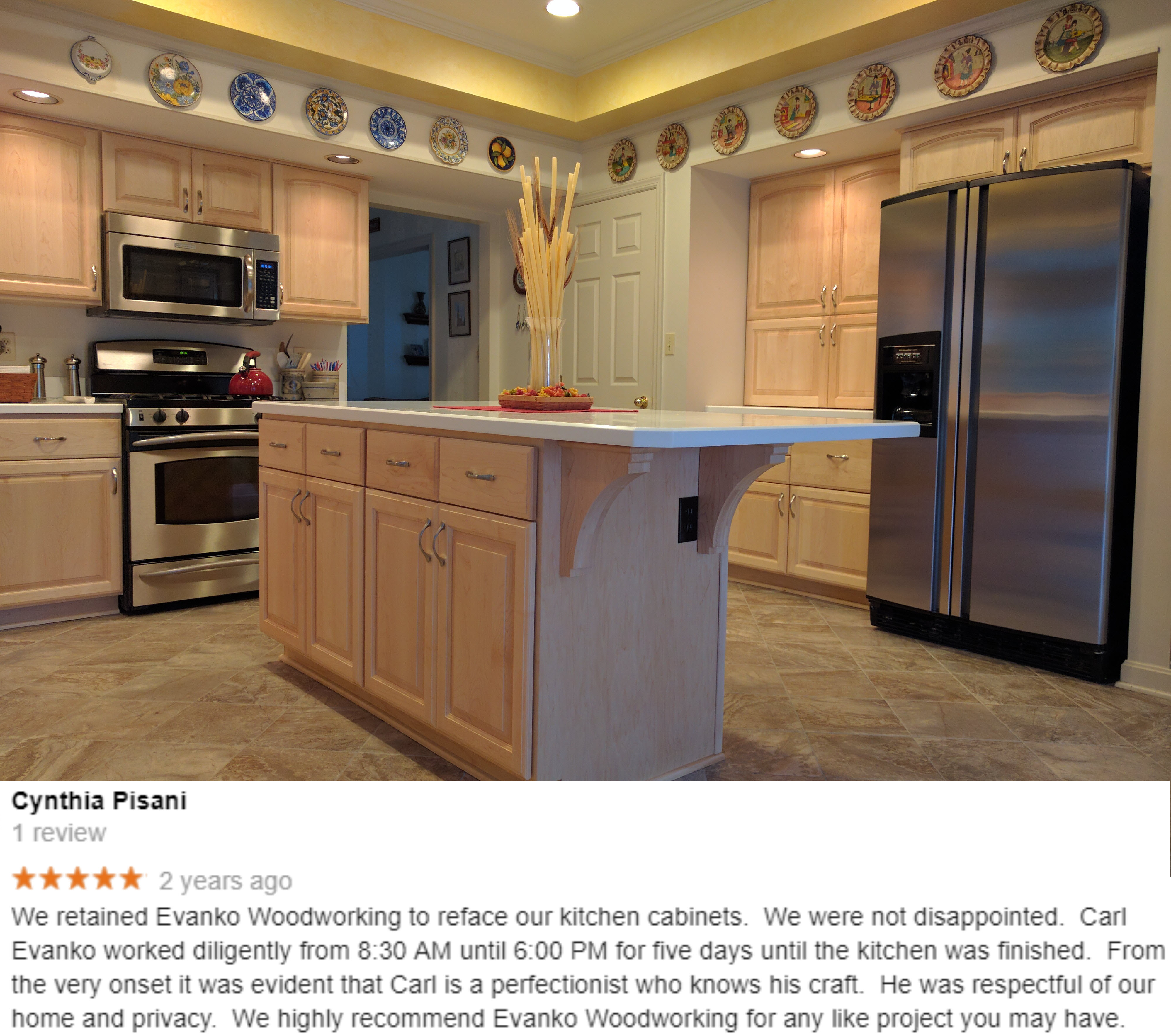
What is kitchen cabinet refacing?
Kitchen cabinet refacing is the process of updating the exterior surfaces of your kitchen cabinets without replacing the cabinet boxes. This involves removing the old cabinet doors and drawer fronts, applying new veneer or laminate to the cabinet boxes, and installing new doors, drawer fronts, and hardware. Refacing is a cost-effective way to give your kitchen a fresh look without the expense and time commitment of a full cabinet replacement.
How long does cabinet refacing take?
The duration of a cabinet refacing project typically depends on the size of the kitchen and the complexity of the job. On average, refacing a kitchen can take anywhere from a few days to a week. The process includes removing old doors and drawer fronts, preparing and applying new veneers or laminates, and installing the new doors, drawer fronts, and hardware. Because the existing cabinet boxes remain in place, refacing is usually quicker and less disruptive than a full kitchen remodel.
Is cabinet refacing a DIY project?
While there are DIY cabinet refacing kits available, the process can be challenging for those without experience. Achieving a professional finish requires precision, especially when applying veneers and aligning new doors and drawer fronts. Mistakes during installation can lead to issues such as peeling veneers or misaligned cabinets. For these reasons, many homeowners choose to hire a professional contractor to ensure the best results.
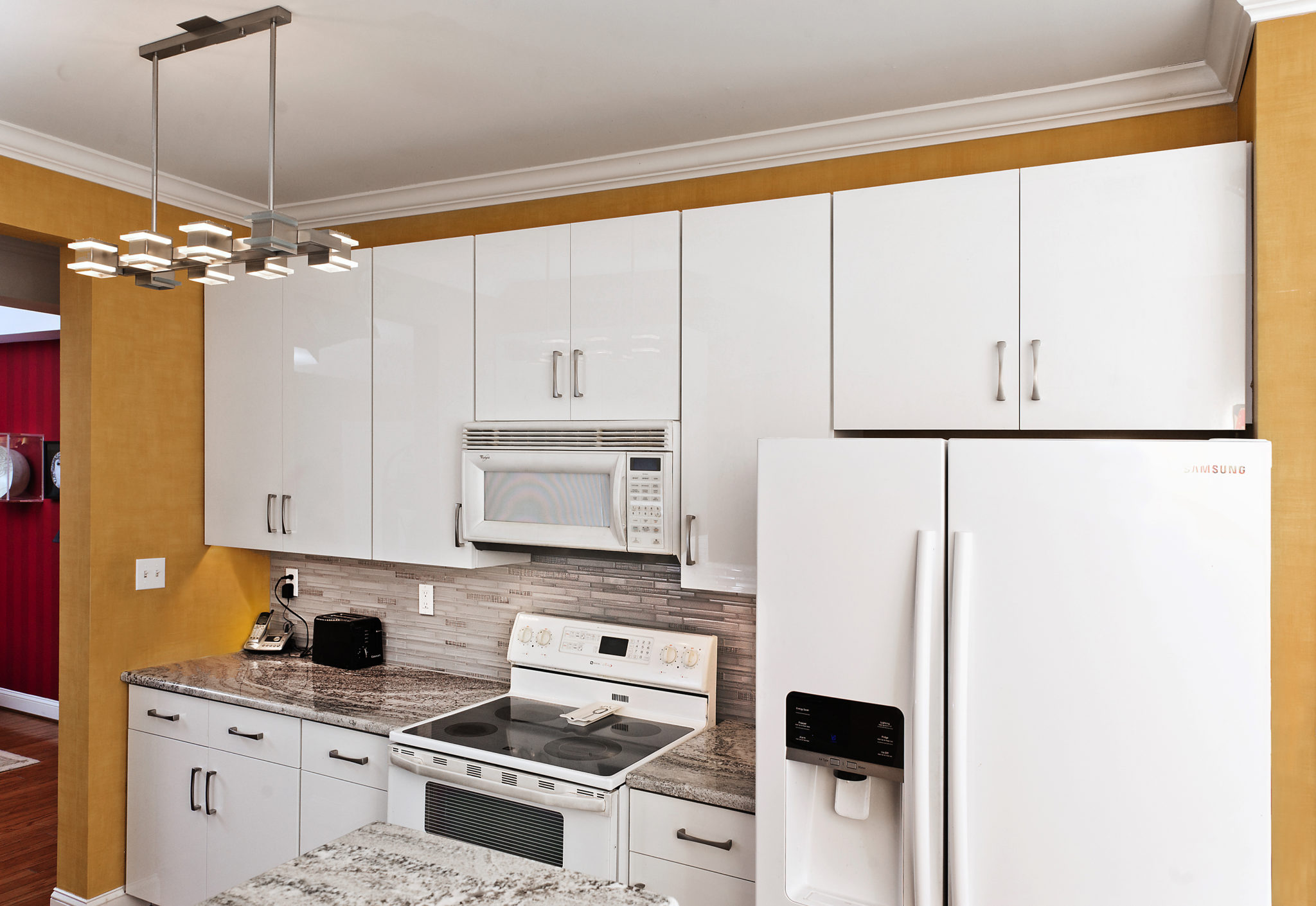
Can I reface my cabinets if they are damaged?
Refacing works best when the existing cabinet boxes are in good structural condition. If your cabinets are damaged, such as being warped or having significant water damage, refacing may not be the best option. In such cases, it might be more cost-effective to replace the cabinets entirely. A professional can assess the condition of your cabinets and advise whether refacing is a viable option.
How do I choose the right materials for cabinet refacing?
Choosing the right materials for cabinet refacing involves considering factors such as durability, style, and budget. Solid wood doors and drawer fronts are durable and timeless, but they can be more expensive. Thermofoil and laminate are more affordable options that offer a similar look and are easier to maintain. When selecting veneers or laminates for the cabinet boxes, consider how they will match or contrast with the new doors and the overall design of your kitchen.
Will cabinet refacing add value to my home?
Yes, cabinet refacing can add value to your home, especially if your existing cabinets are outdated or worn. A well-executed refacing project can make your kitchen more appealing to potential buyers, as the kitchen is often a focal point in home buying decisions. By giving your kitchen a fresh, updated look with refaced cabinets, you can increase the overall appeal and marketability of your home.

Cabinet Refacing – Modern – Kitchen

Kitchen Cabinet Refacing Mentor

Desirable Kitchens & Refacing

Kitchen Design Center Just Cabinets Office Photo Glassdoor

Related Posts:
- Easiest Way To Paint Kitchen Cabinets Without Sanding
- Plain Front Kitchen Cabinets
- Kz Kitchen Cabinets Montague
- Tops Kitchen Cabinet Llc
- Kitchen Cabinets Hialeah Fl
- What Color Should I Paint Kitchen Cabinets
- Hampton Bay Kitchen Cabinets Catalog
- Kitchen Cabinets Little Rock Ar
- Rta Kitchen Cabinets Online Reviews
- Grey Kitchen Cabinets With Granite Countertops